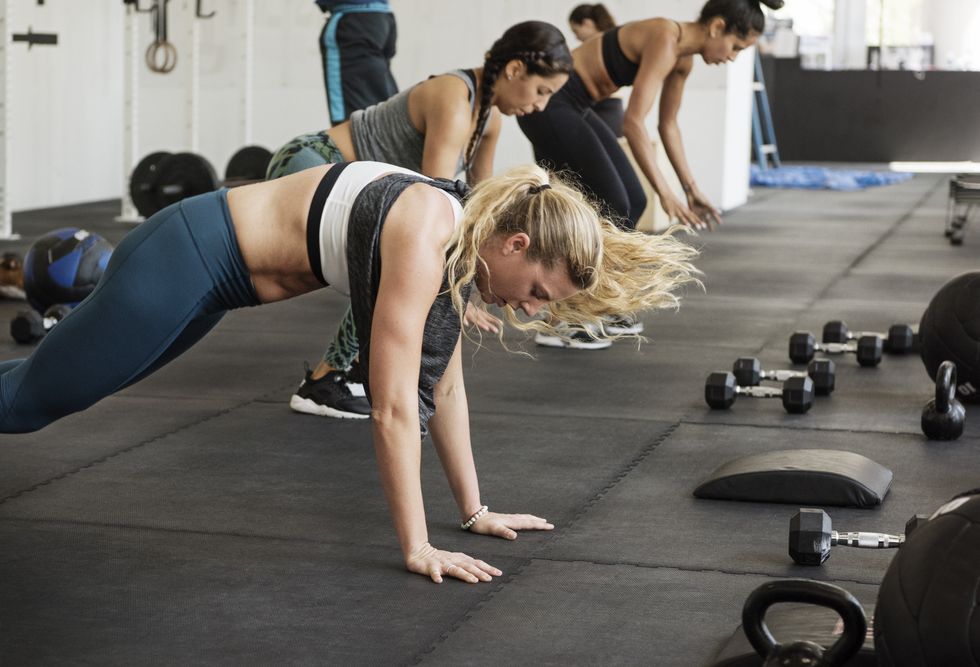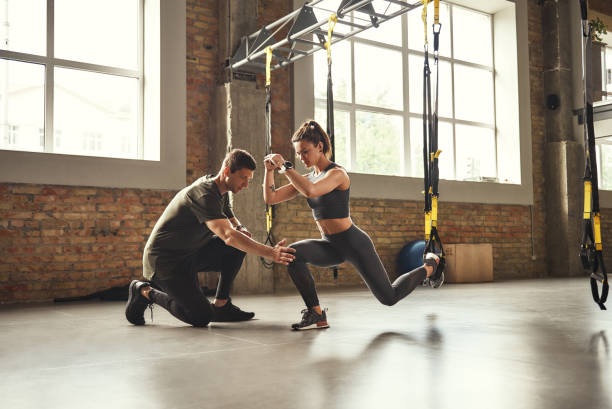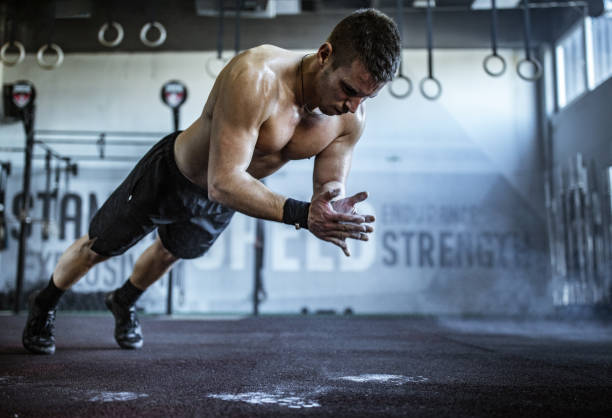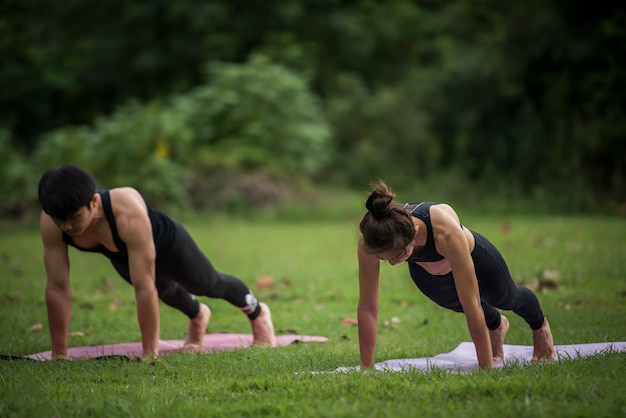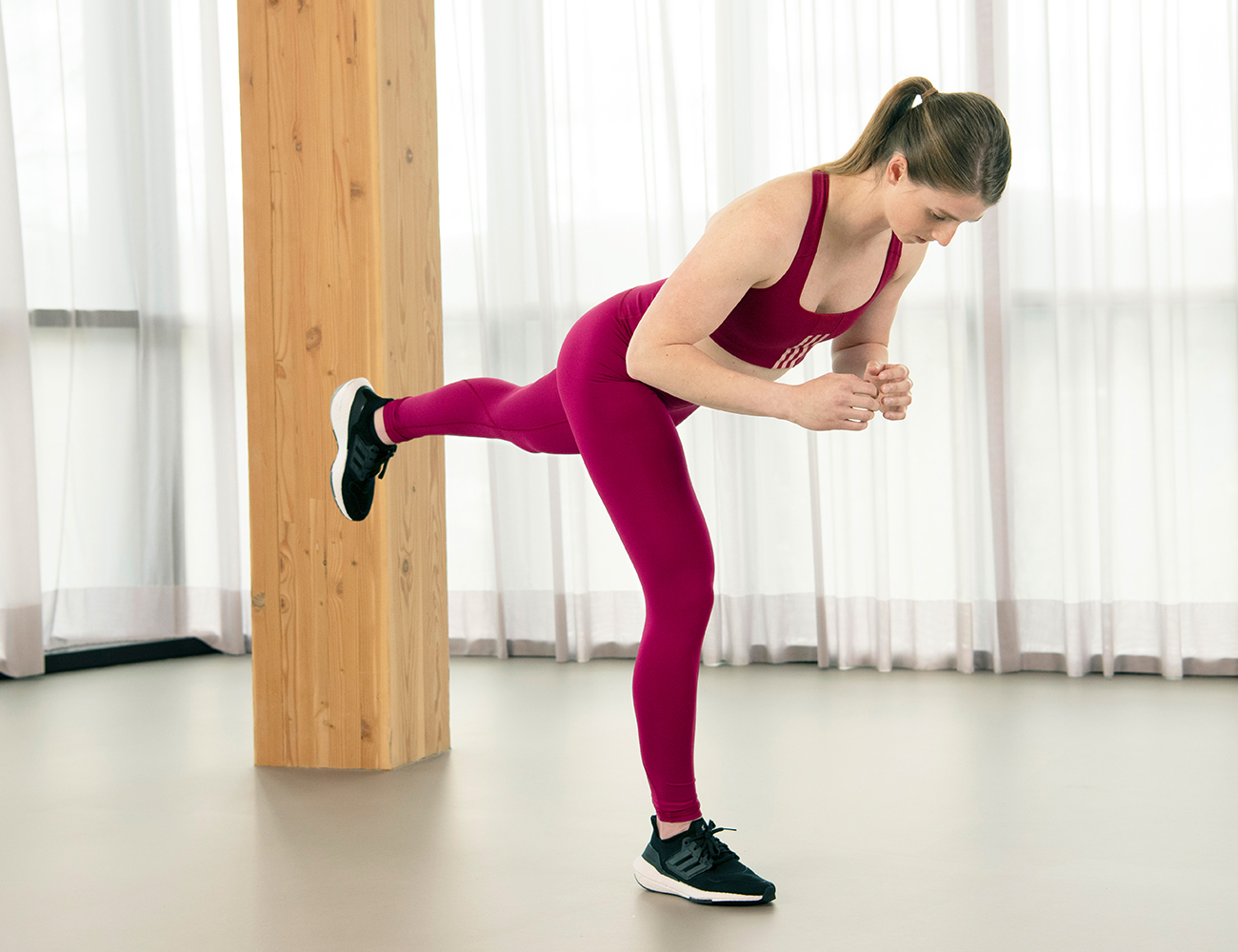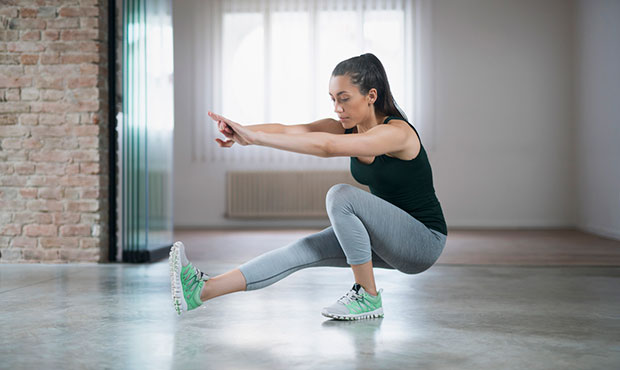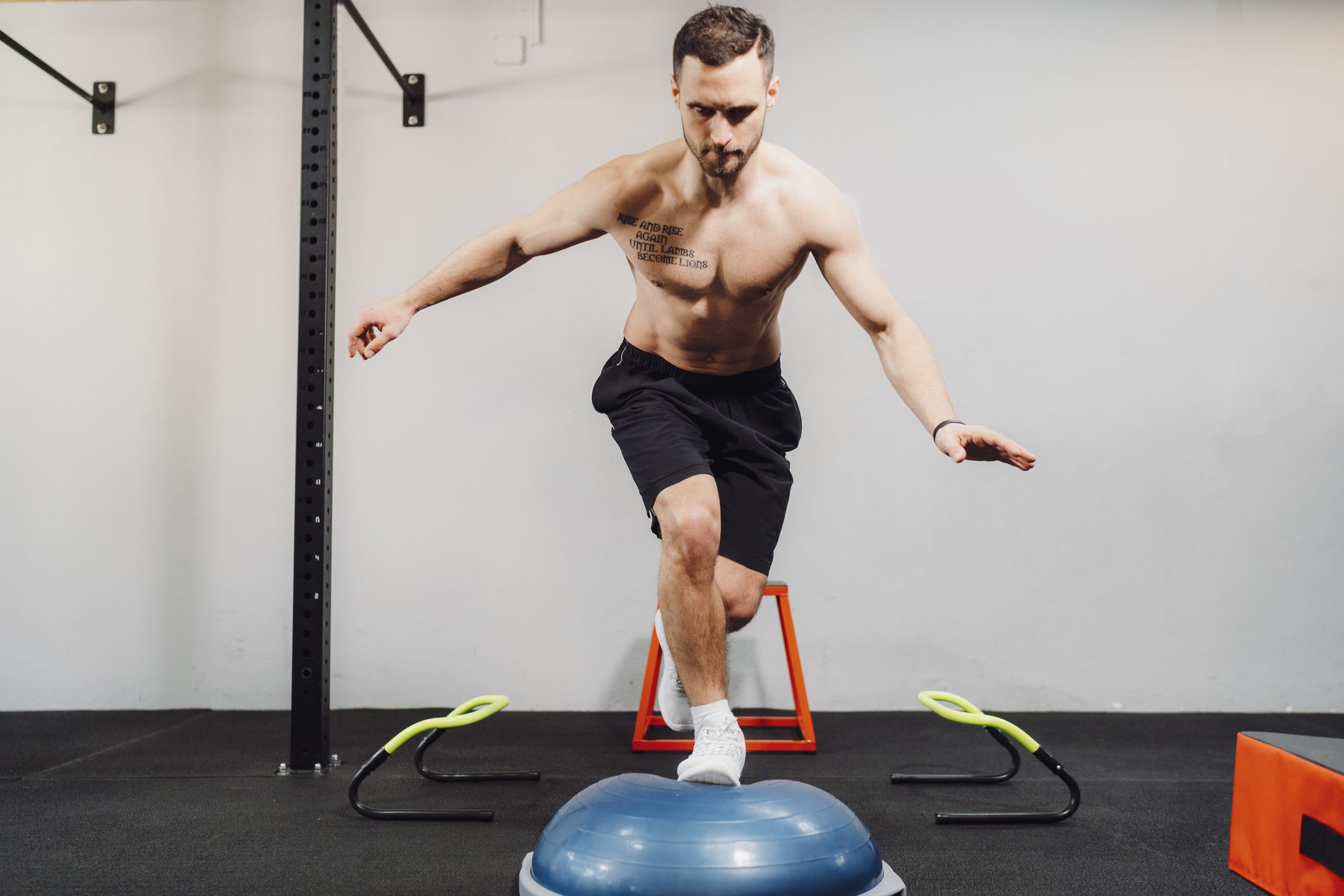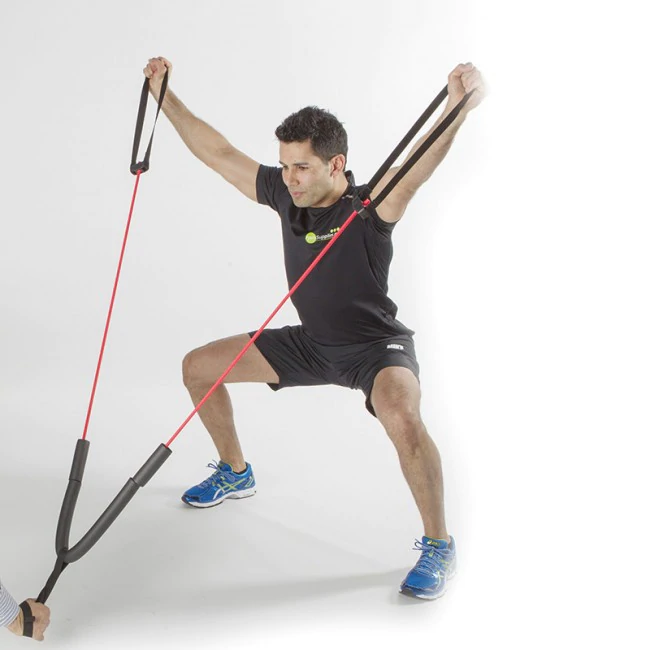"Plyometric Training"
Plyometric training is a specialized form of exercise that emphasizes explosive, high-intensity movements designed to improve muscular power and overall athletic performance. This method leverages the stretch-shortening cycle (SSC) of muscles, which involves a rapid transition from muscle elongation to contraction. It is widely used by athletes across various sports to enhance speed, strength, and agility. This article explores the fundamental principles, physiological basis, benefits, applications, and considerations of plyometric training in athletic conditioning.
1. Principles of Plyometric Training
Plyometric training is built on the principle of neuromuscular enhancement through explosive exercises. The goal is to maximize muscle power by utilizing stored elastic energy and increasing motor unit recruitment. Key elements include:
- Eccentric Phase:
- Amortization Phase:
- Concentric Phase:
The speed, force, and efficiency of this cycle determine the effectiveness of plyometric movements.
2. Physiological Mechanisms
Stretch-Shortening Cycle (SSC):
The SSC is the cornerstone of plyometric training, relying on the elastic properties of muscles and tendons. During the eccentric phase, the muscles store potential energy like a compressed spring. This energy is then released during the concentric phase, resulting in explosive movements. This process is mediated by:
- Muscle Spindles: These sensory receptors detect stretch and trigger a reflexive contraction to protect muscles from overstretching.
- Golgi Tendon Organs (GTOs): Inhibited during plyometric training to allow greater force production.
Neural Adaptations:
Plyometric training enhances neural drive by increasing the recruitment of fast-twitch muscle fibers, improving motor coordination, and reducing inhibitory signals from the GTOs. This leads to faster and more powerful movements.
3. Benefits of Plyometric Training
3.1. Enhanced Athletic Performance
Plyometric exercises are designed to improve athletic capabilities such as vertical jump height, sprint speed, and change of direction. Studies have shown significant improvements in power output, acceleration, and agility across various sports disciplines.
3.2. Increased Muscular Strength and Power
Regular plyometric training strengthens both muscles and connective tissues, enabling athletes to generate more force in less time. This is especially valuable in sports requiring quick bursts of activity, like basketball, soccer, and tennis.
3.3. Improved Neuromuscular Efficiency
The coordination between the nervous and muscular systems is enhanced, leading to more efficient movement patterns. This adaptation reduces energy wastage and improves overall athletic efficiency.
3.4. Injury Prevention
By strengthening tendons, ligaments, and joint-supporting structures, plyometric training can reduce the risk of injuries. Exercises such as box jumps and depth jumps improve joint stability and proprioception.
3.5. Cardiovascular Benefits
High-intensity plyometric drills can also contribute to cardiovascular fitness, especially when performed in a circuit or interval format. This dual benefit makes it a valuable addition to conditioning programs.
4. Applications in Sports
4.1. Team Sports
In sports like basketball, soccer, and volleyball, plyometric training improves explosive movements, including jumping, sprinting, and quick changes of direction. Exercises such as lateral bounds and single-leg hops are particularly effective.
4.2. Track and Field
For sprinters, jumpers, and throwers, plyometric exercises enhance force production and speed. Depth jumps and bounding drills are commonly used to simulate race conditions.
4.3. Endurance Sports
Although not traditionally associated with endurance athletes, plyometric training can improve running economy by optimizing muscle stiffness and reducing ground contact time.
4.4. Rehabilitation
Plyometric exercises, when appropriately scaled, are used in rehabilitation to restore neuromuscular function and build strength post-injury. Progression from low- to high-intensity drills ensures safety and efficacy.
5. Designing a Plyometric Program
5.1. Exercise Selection
Plyometric exercises are classified into upper-body, lower-body, and trunk-focused movements. Examples include:
- Lower Body: Box jumps, depth jumps, lateral bounds, and hurdle hops.
- Upper Body: Medicine ball throws, plyometric push-ups, and clap push-ups.
- Trunk/Core: Ball slams, rotational throws, and tuck jumps.
5.2. Volume and Intensity
The intensity and volume of plyometric training depend on an athlete's experience, goals, and sport-specific demands. Beginners should start with low-intensity exercises, such as jump squats, before progressing to high-intensity drills like depth jumps.
5.3. Frequency and Recovery
Plyometric sessions are typically performed 1–3 times per week, with ample recovery between sessions to prevent overtraining. Adequate rest between sets (30 seconds to 3 minutes) ensures quality performance.
5.4. Progressive Overload
As with any training modality, progression is key. Gradual increases in intensity, complexity, or volume ensure continued adaptation without excessive strain.
6. Considerations and Safety
6.1. Screening and Preparation
Athletes should undergo a thorough physical assessment to ensure readiness for plyometric training. Foundational strength and mobility are prerequisites to minimize injury risk.
6.2. Proper Technique
Strict attention to form and technique is essential. Faulty mechanics, such as improper landing, can lead to injuries. Coaches often emphasize soft landings and controlled movements.
6.3. Age and Experience
Plyometric training is not limited to elite athletes but should be tailored to the individual's age and experience. For example:
- Youth Athletes: Focus on low-impact drills like skipping and hopping.
- Older Athletes: Incorporate lower-intensity, joint-friendly exercises.
6.4. Equipment and Environment
Safe surfaces (e.g., rubber mats) and sturdy equipment (e.g., plyo boxes) are crucial. Adequate space and supervision further enhance safety.
7. Emerging Trends and Research
7.1. High-Tech Monitoring
Wearable technology and force platforms are increasingly used to measure plyometric performance and provide real-time feedback. These tools help optimize training load and monitor fatigue.
7.2. Sport-Specific Customization
Research continues to refine plyometric protocols tailored to individual sports. For instance, basketball players may benefit more from vertical jumping drills, while soccer players emphasize lateral agility.
7.3. Integration with Strength Training
Combining plyometrics with traditional strength training, known as complex training, has shown synergistic benefits. Alternating heavy lifts with explosive exercises enhances power development.
8. Limitations and Criticisms
While plyometric training offers numerous advantages, it is not without limitations:
- Injury Risk: High-impact exercises can strain joints and soft tissues if performed improperly.
- Specialized Nature: Plyometric exercises may not align with the needs of all athletes, particularly those in non-explosive sports.
- Learning Curve: Mastering proper technique requires dedicated coaching and practice.
9. Conclusion
Plyometric training is a dynamic and effective method to enhance athletic performance across various sports. Its emphasis on explosive power, neuromuscular coordination, and injury prevention makes it a cornerstone of modern athletic conditioning programs. However, its implementation requires careful planning, individualized progression, and attention to safety. As research continues to expand, plyometric training is poised to remain a vital tool in the development of athletic excellence.
#gym #personaltrainer #wellbeing #healthandfitness #benefitsofexercise
#healthylifestyle #physicalfitnesstips #importanceofnutrition #healthbenefits
#healthylifestyle













